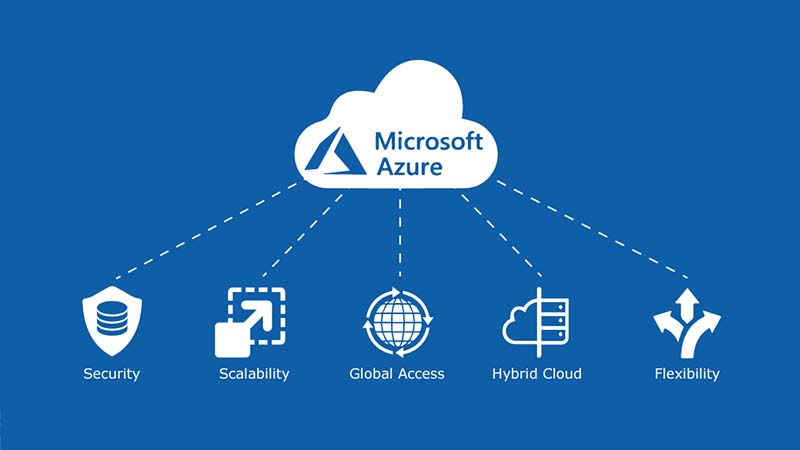Introduction:
Robust testing procedures are becoming more and more important as blockchain technology continues to transform numerous industries. Applications for blockchain technology run on decentralized networks and frequently entail intricate relationships between nodes, smart contracts, and cryptographic techniques. Conventional testing methods might not be sufficient to evaluate the performance, security, and usefulness of blockchain apps. This article examines the particular factors to be taken into account when utilizing Selenium, a well-liked Automation testing tool, to test blockchain applications.
Understanding Blockchain Applications:
It’s critical to understand the basics of blockchain applications before diving into testing approaches. Blockchain networks are distributed ledgers that are managed by a network of nodes, as opposed to centralized systems. Blocks of transactions are stored and cryptographically connected to create an unchangeable chain.
By automating procedures and guaranteeing trustless execution, smart contracts—self-executing contracts with predetermined conditions—further improve the functionality of blockchain applications.
Challenges in Testing Blockchain Apps:
Because blockchain apps are decentralized and rely on cryptography, there are a number of difficulties in testing them. Among the principal difficulties are:
Decentralization: Blockchain apps run on a decentralized network, while traditional testing methods depend on centralized environments. Assuring consistency and synchronization becomes more difficult when testing across several nodes and environments.
Smart Contracts: Capable of running code on the blockchain, smart contracts are essential parts of many blockchain applications. Smart contracts must be tested using certain tools and methods in order to ensure that they work as intended, are secure, and follow set parameters.
Transaction Verification: Cryptographic signatures and consensus processes must be validated in order to validate transactions on a blockchain. In order to ensure appropriate handling of edge cases and error circumstances, transactional flows must be tested through a variety of scenario simulations.
Security Issues: Reentrancy attacks, transaction malleability, and consensus-related vulnerabilities are just a few of the many security flaws that can affect blockchain systems. To find and eliminate any threats, testing needs to include security testing approaches.
Performance Optimization: In blockchain applications, scalability and performance are essential, particularly in high-throughput networks. Testing performance in various network conditions and load scenarios aids in the identification of bottlenecks and improves resource usage.
Special Considerations for Testing with Selenium:
The popular automated testing tool Selenium has a number of benefits when it comes to testing blockchain apps. But there are certain particular factors to take into account when using Selenium to test blockchain applications:
Node Simulation: Blockchain applications involve interactions between numerous nodes, in contrast to standard web applications that are primarily tested on a single server. It is possible to expand Selenium to replicate node behavior, enabling end-to-end testing over a decentralized network.
Smart Contract Interaction: Testing of smart contract interactions is made possible by Selenium’s ability to communicate with blockchain networks via browser extensions or APIs. Selenium is able to verify the functioning and integrity of smart contracts through the automation of transactions and contract installations.
Cryptographic Verification: In blockchain applications, cryptographic features like encryption and signature verification must be tested. Through library integration or external verification service calls, Selenium is able to verify cryptographic activities.
Testing Consensus Processes: By mimicking various network setups and node actions, Selenium may be used to test consensus mechanisms in blockchain networks. Testers can evaluate fault tolerance and network resilience by examining the consensus process.
Integration Testing: By automating the communication between blockchain apps and external systems, automation testing in Selenium makes integration testing easier. It is possible to guarantee a smooth integration into current infrastructures by testing interoperability with historical systems, APIs, and oracles.
Best Practices for Using Selenium to Test Blockchain Applications:
Take into account the following best practices in order to use Selenium to test blockchain apps efficiently:
Configure the environment so that it closely resembles the production network in terms of node configurations, network topology, and smart contract deployments.
Test Data Management: Take good care of the test data, which includes transaction histories, blockchain state, and smart contract parameters. Establish data cleaning and seeding procedures to guarantee test uniformity and repeatability.
Parallel Execution: To execute tests concurrently across several nodes and environments, make use of Selenium Grid. For large-scale testing, test distribution guarantees scalability and quicker feedback cycles.
Continuous Integration: To automate test execution and regression testing, incorporate Selenium tests into pipelines for continuous integration. To track the efficacy of testing, provide reporting tools and analysis of test coverage.
Security Testing: To find and fix security flaws early on, apply security testing techniques including code review and penetration testing. To effectively reduce risks, incorporate security testing into the testing lifecycle.
Conclusion:
In conclusion, because blockchain applications are decentralized and have cryptographic underpinnings, Selenium automation testing them brings special difficulties. If certain factors are taken into account, Automation testing with Selenium features makes it a feasible option for testing blockchain applications. In an environment that is always changing, enterprises can guarantee the dependability, security, and efficiency of their blockchain applications by implementing specialized testing approaches and best practices.





